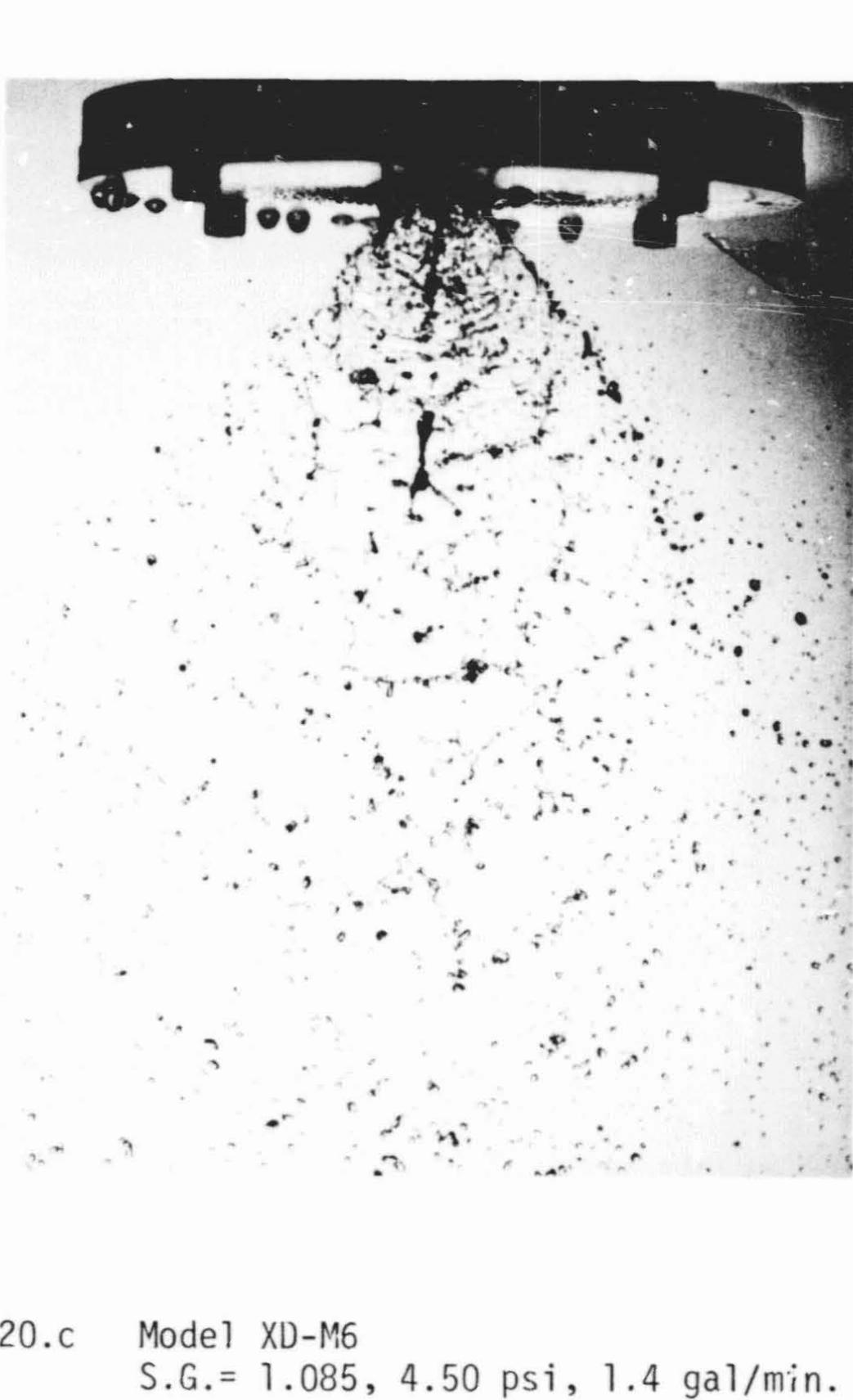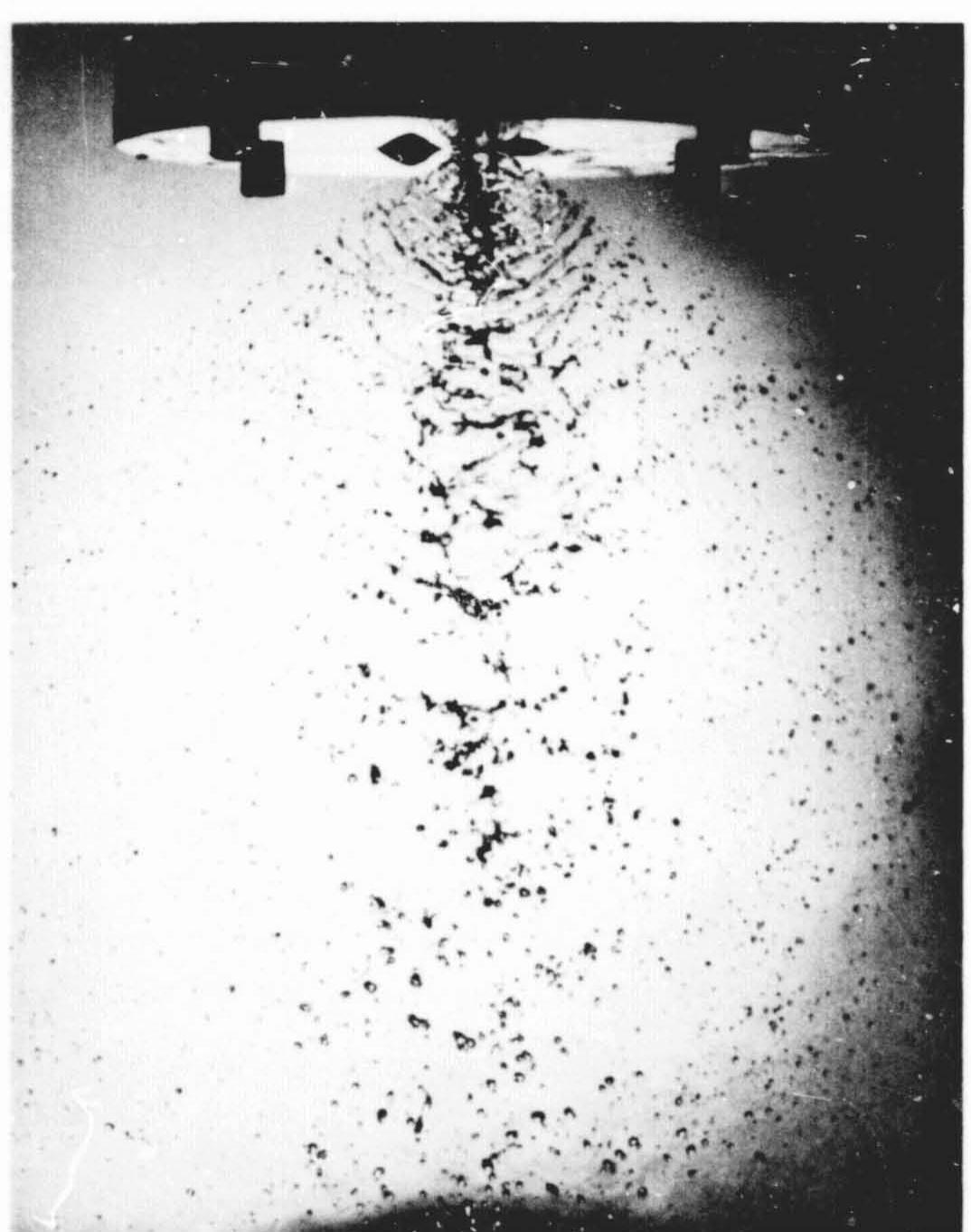Key research themes
1. How can Sauter Mean Diameter (SMD) be accurately estimated from spray and droplet size measurements under varying spray and flow conditions?
This theme focuses on experimental and numerical methods for measuring and predicting the SMD in sprays. Accurately quantifying SMD is critical for characterizing atomization quality, controlling combustion efficiency, and reducing emissions in engines and spray applications. Research explores direct measurement techniques, empirical and physics-based estimation rules, and the challenges posed by complex spray breakup, fuel type differences, and flow conditions.
2. What influences the accuracy and bias of empirical rules and measurement methods for estimating stand-level quadratic mean diameter, related to SMD in forestry applications?
This theme investigates the use and refinement of empirical sampling rules to estimate the quadratic mean diameter (QMD) of forest stands, which is conceptually linked to SMD in sprays as a size metric derived from distributions. The research critically assesses bias and variability in simple rank-based rules, proposes modifications, and addresses challenges in percentile estimation from limited samples. This area highlights methodological rigor needed for reliable SMD analogs in ecological contexts.
3. How do spray injector design parameters and process conditions affect atomization quality and resulting SMD in combustion applications?
This research area explores how physical injector design features (e.g., nozzle geometry, swirl, multi-channel jets) and process parameters (mass flow rate, layer thickness, injection pressure) impact atomization characteristics such as droplet size distribution, spray angle, and SMD. Understanding these influences underpins the development of advanced injectors to optimize spray quality, combustion, and emissions.

















































































































